Comparing Blending Boards: Ashford vs. Loüet
Blending boards are a fantastic tool for fibre preparation, offering a perfect balance between hand cards and drum carders. With Debbie Held’s upcoming book on the horizon, The Spinner’s Blending Board Bible, we thought we would compare the Ashford and Louët blending boards to help you choose which is right for you.
This post is part of a series of articles for Fibre Prep February, a month-long celebration of fibre preparation! Join us by signing up for our newsletter to get updates on new articles, materials, and videos all about playing with fibre, which can be found on our Fibre Prep February page!
Watch the video here or on our SweetGeorgia YouTube channel, and find our written comparison below!
Why Use a Blending Board?
Blending boards offer a flexible and creative way to prepare fibre. Here’s why they’re a great tool to have:
Prepare Fibre in Medium-sized Batches
While hand cards typically hold 5–6g of fibre, blending boards can easily accommodate around 15g. Drum carders vary in size, making their capacity harder to compare.
Change the Fibre Preparation
How you load and remove fibre from the board influences whether the final outcome of your yarn leans woollen or worsted. You can make smooth or carded-style roving, batts, and rolags on a blending board.
Rolags is one of the more popular ways to create woollen-prepared fibre on a blending board, as we explored in our last Fibre Prep February post, Secrets to Perfect Rolags on Blending Boards & Hand Cards.
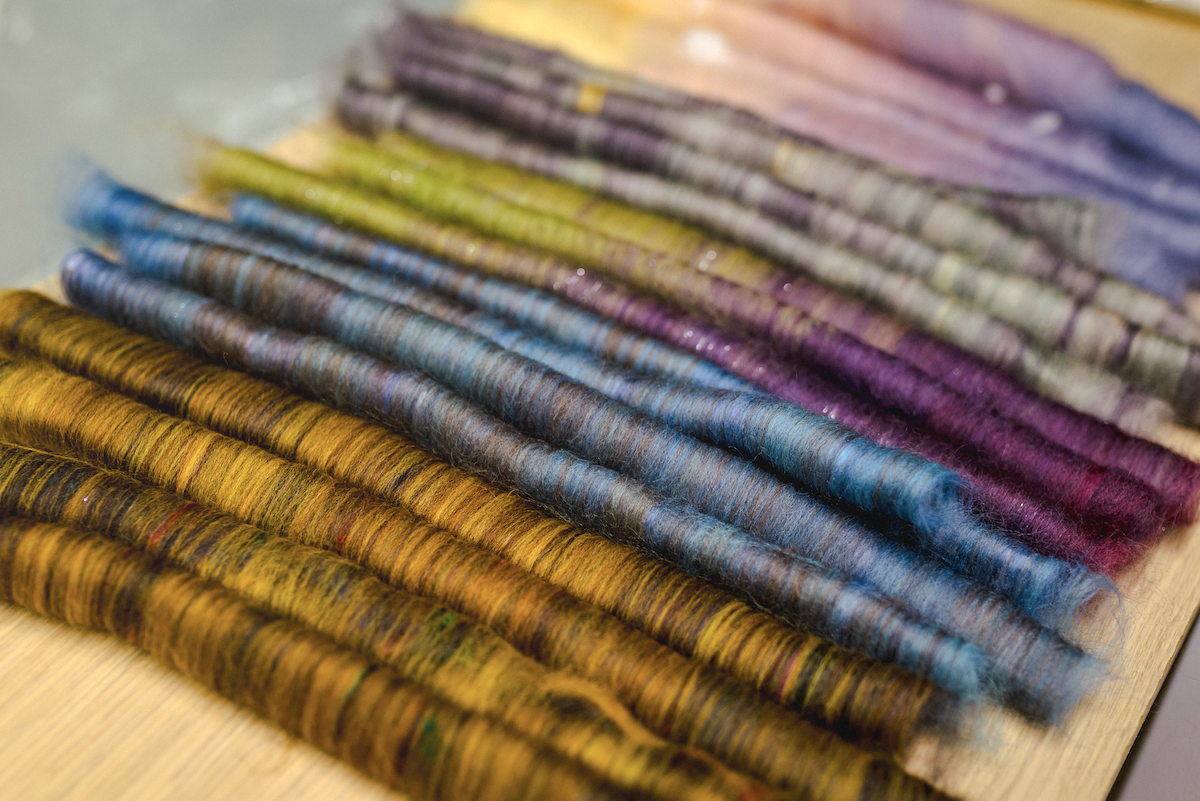
Mix Colours & Textures
Like hand cards, blending boards allow you to blend and mix fibre colours. You can also add fun extras, just like in drum-carded batts, such as sari silk, Angelina, or wool neps, to create fun textures. SweetGeorgia offers a great Spinning Mix-Ins kit with a variety of fibres to play with.
Portable & Easy to Store
Unlike drum carders, blending boards are flat and compact, making them easy to store and take on the go.
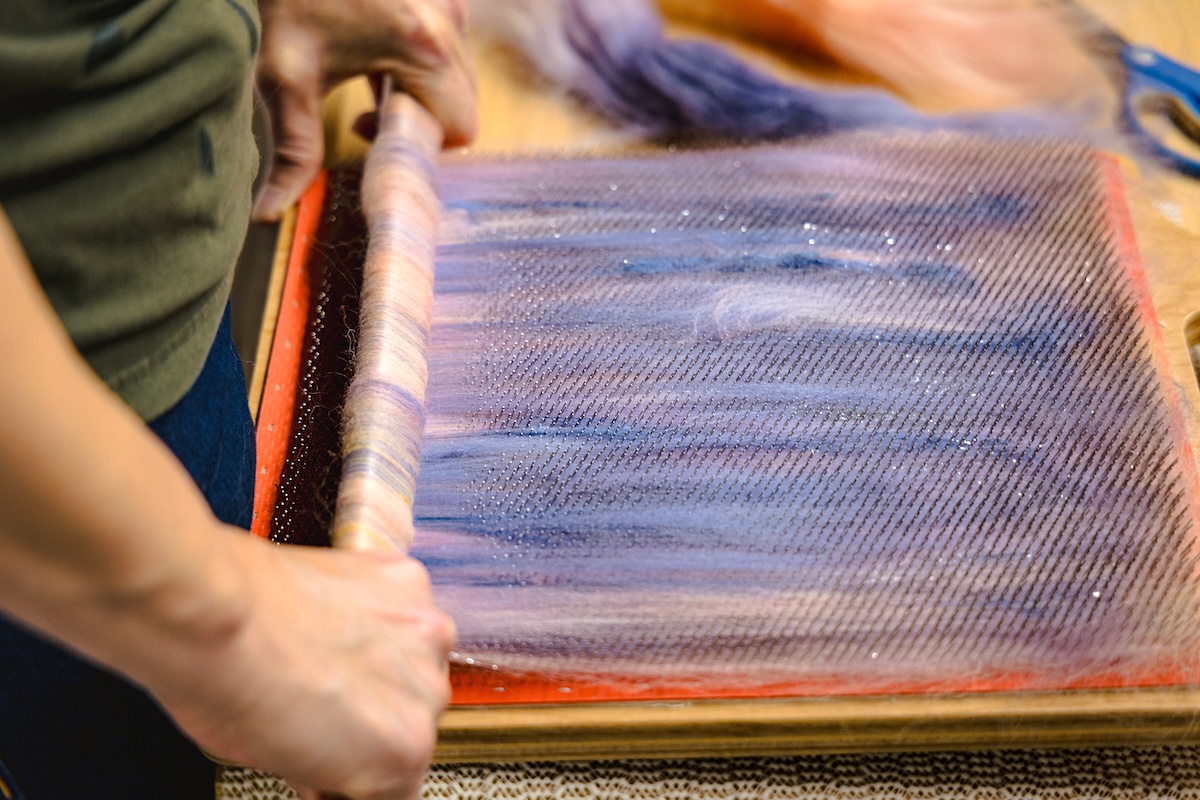
Blending Board Courses Found in the School of SweetGeorgia:
- Blending Boards: From Rolags to Roving
- Colour & Fibre Play & Colour & Fibre Play ll
- Spin a Hand-Dyed Braid Five Ways
Colour Specific Spinning Courses:
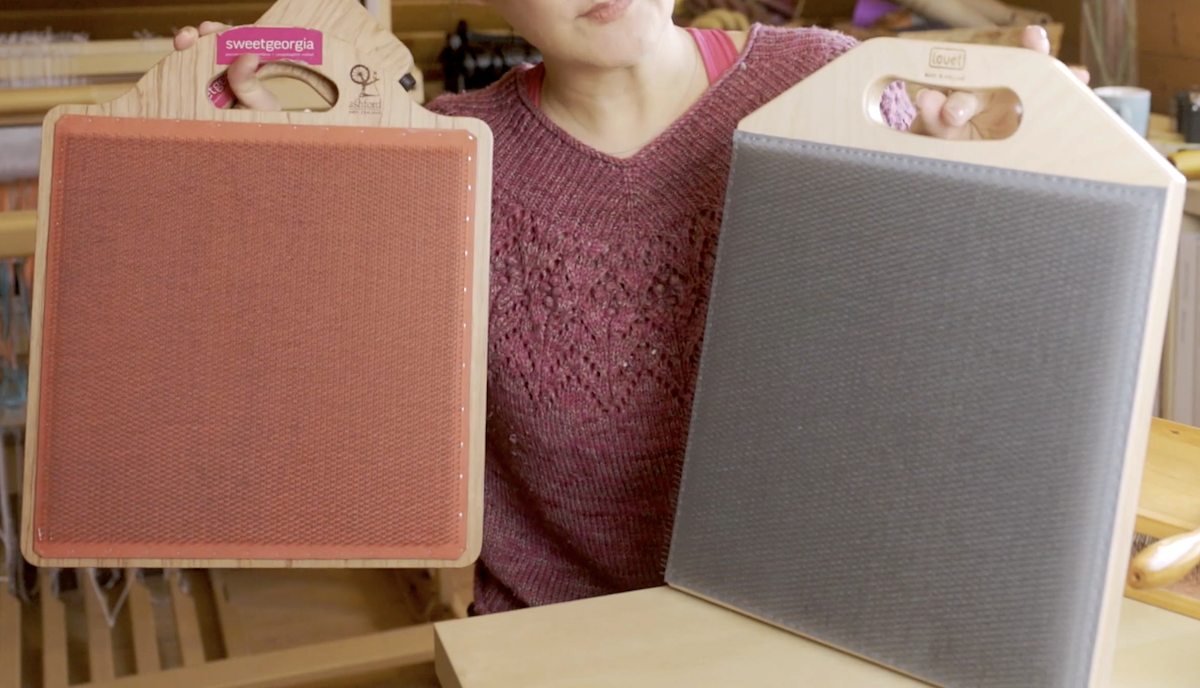
Ashford Blending Board
Material & Build: Plywood, lacquered and finished
Carding Cloth Size: 12×12” (30×30 cm)
TPI (Tines Per Inch): 108
Design: Three holes in the back for keel support (the stand); some prefer to attach it vertically to hold it between their legs.
Included Accessories: A Flick Carder Brush (for pressing fibre onto the board, lifting, or cleaning fibre off the board) and two lacquered dowels. The Flick Carder Brush is also available separately if you need a replacement or purchased a second-hand board without one.
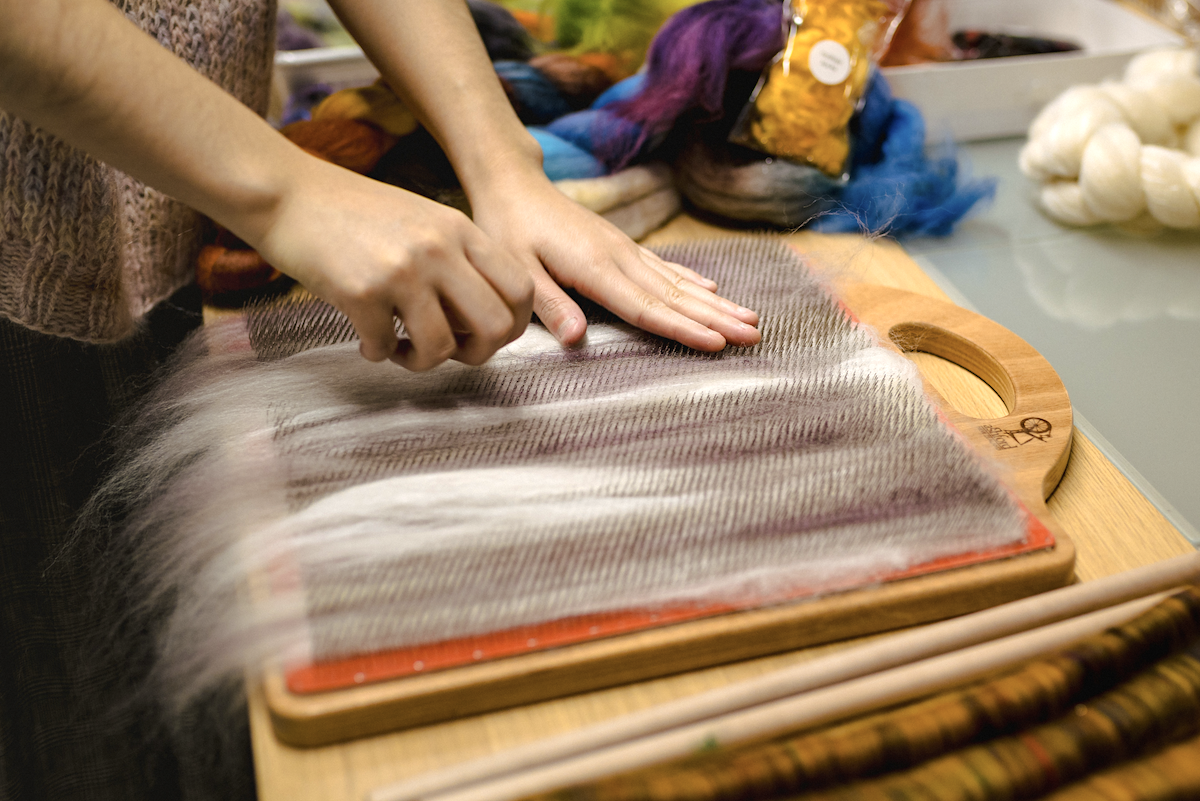
Loüet Blending Board
Material & Build: Plywood, slightly heavier than Ashford
Carding Cloth Size: 12×12” (30×30 cm)
TPI: 72
Design: Three holes for keel support, plus rubber feet in each corner to prevent sliding (Felicia prefers using a clamp for extra stability on both brands of blending boards).
Included Accessories: Nylon-bristle brush and two dowels.
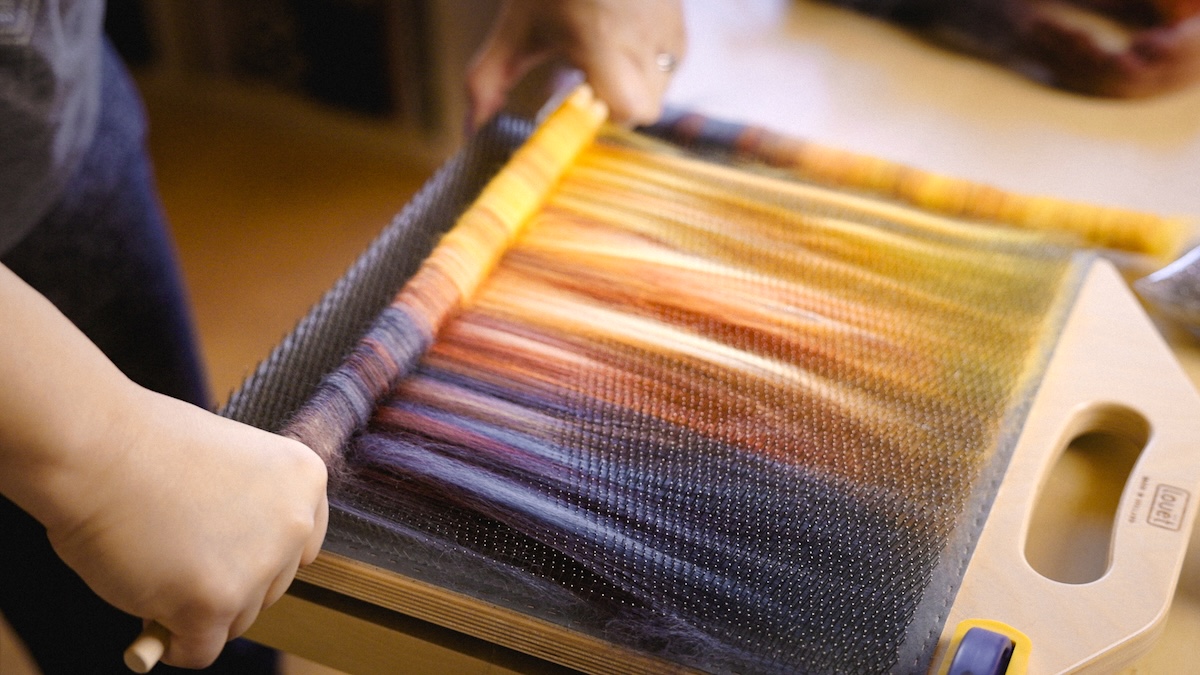
Performance & Differences
Rolags
Both boards create high-quality rolags, as confirmed by Felicia’s test of making 47 in one day. The Ashford’s higher TPI provides slightly more grip and friction, while the Loüet’s rolags tend to be a bit thinner.
Blending Preference
Both boards perform well, so the choice ultimately comes down to personal preference. A finer and denser tine cloth, like 108 TPI, is often preferred for blending colours, while the 72 TPI cloth works well for adding neps and texture. However, in our experience, both boards handled both tasks beautifully.
Brushes
The SweetGeorgia team prefers Ashford’s brush for cleaning, but it’s not as nice for blending. Debbie Held and Kim McKenna, two of our spinning instructors at the School of SweetGeorgia, recommend experimenting with different types of brushes, like dog brushes, to achieve different results.
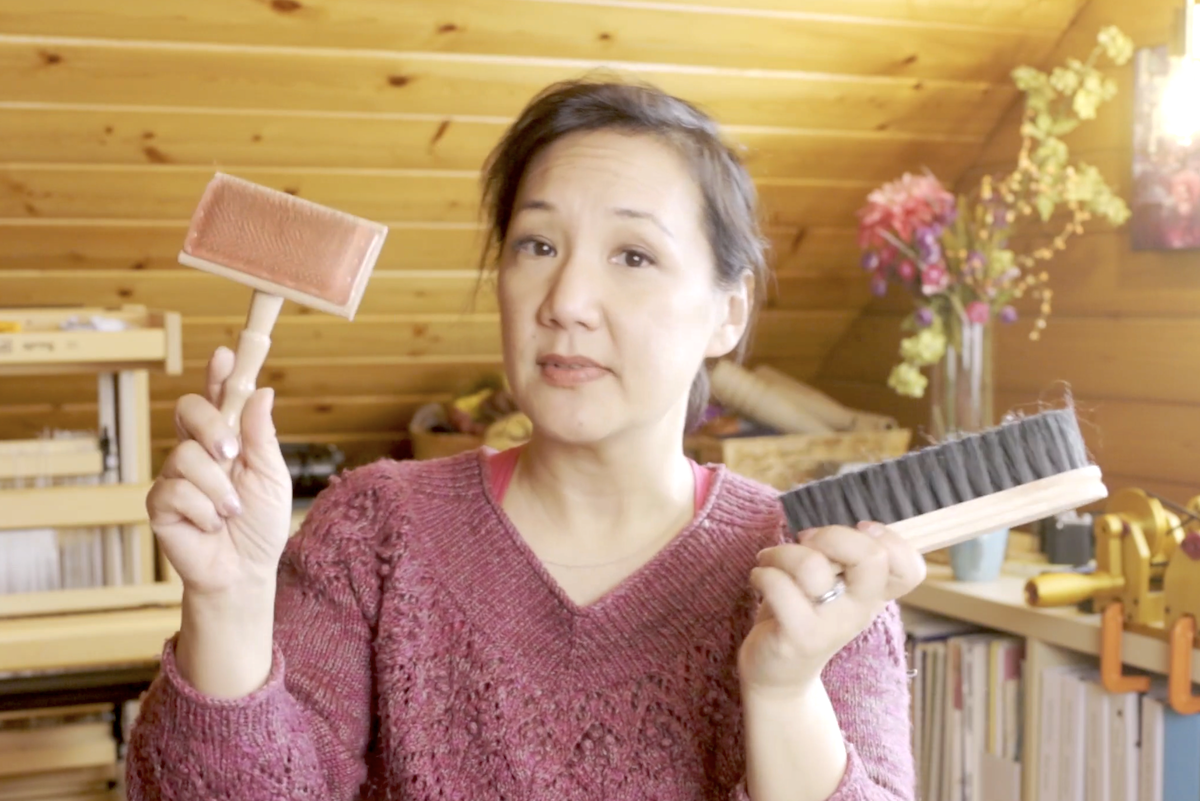
Dowels
Ashford’s dowels are slightly longer and thicker and appear to have a light lacquered finish. This could be due to years of use, as the Loüet board and dowels tested were quite new.
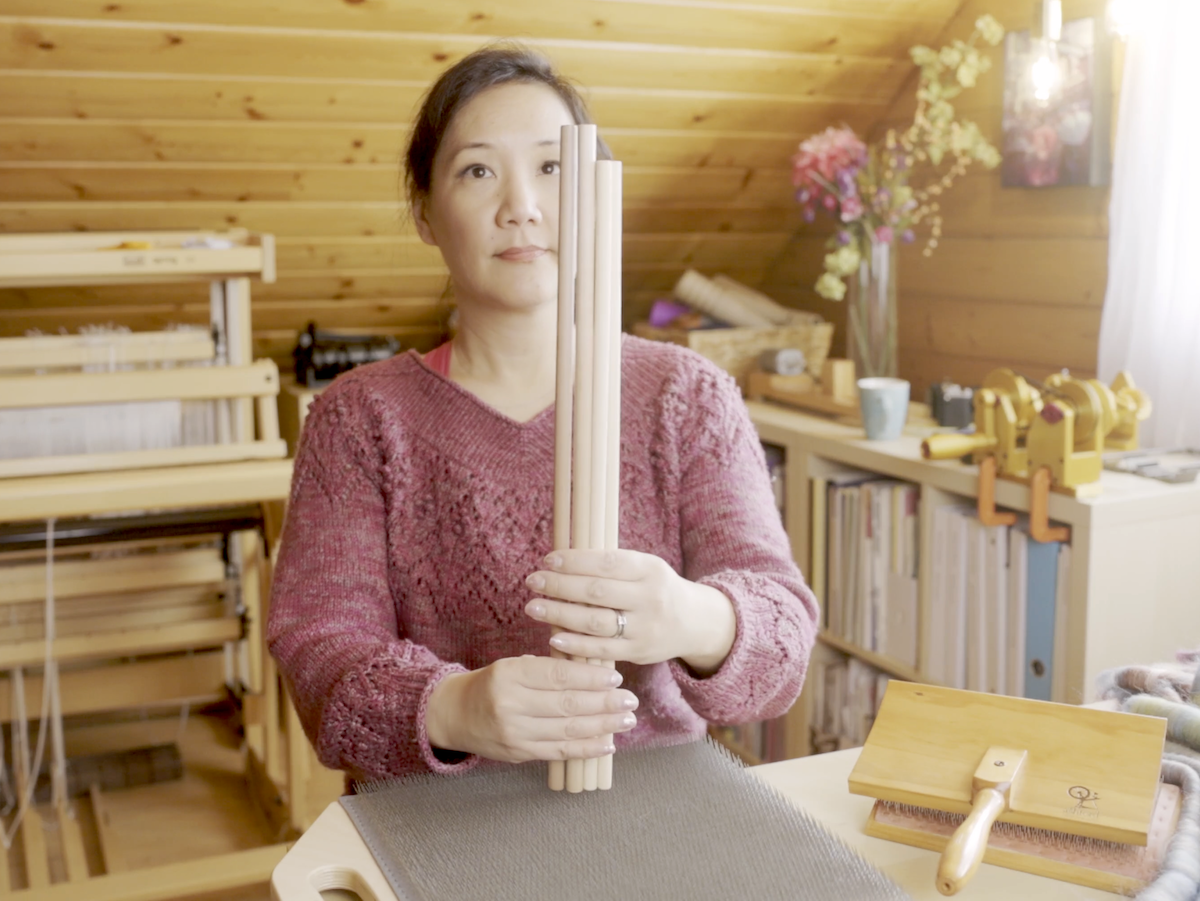
Which One Should You Choose?
After comparing blending boards, it is difficult to decide which to purchase. Ultimately, choosing between Ashford and Loüet may come down to:
Brand Preference
If you already own Loüet or Ashford products, you might prefer to stick with the same brand.
Aesthetic Choices
The Loüet board features lighter wood with blue cloth, while the Ashford has a deeper wood tone with red cloth. If looks matter to you, this could be a deciding factor.
TPI
Consider the type of yarn you want to create. A higher TPI (like Ashford’s 108) may be better suited for colour blending, while a lower TPI (like Loüet’s 72) works well for adding texture and neps.
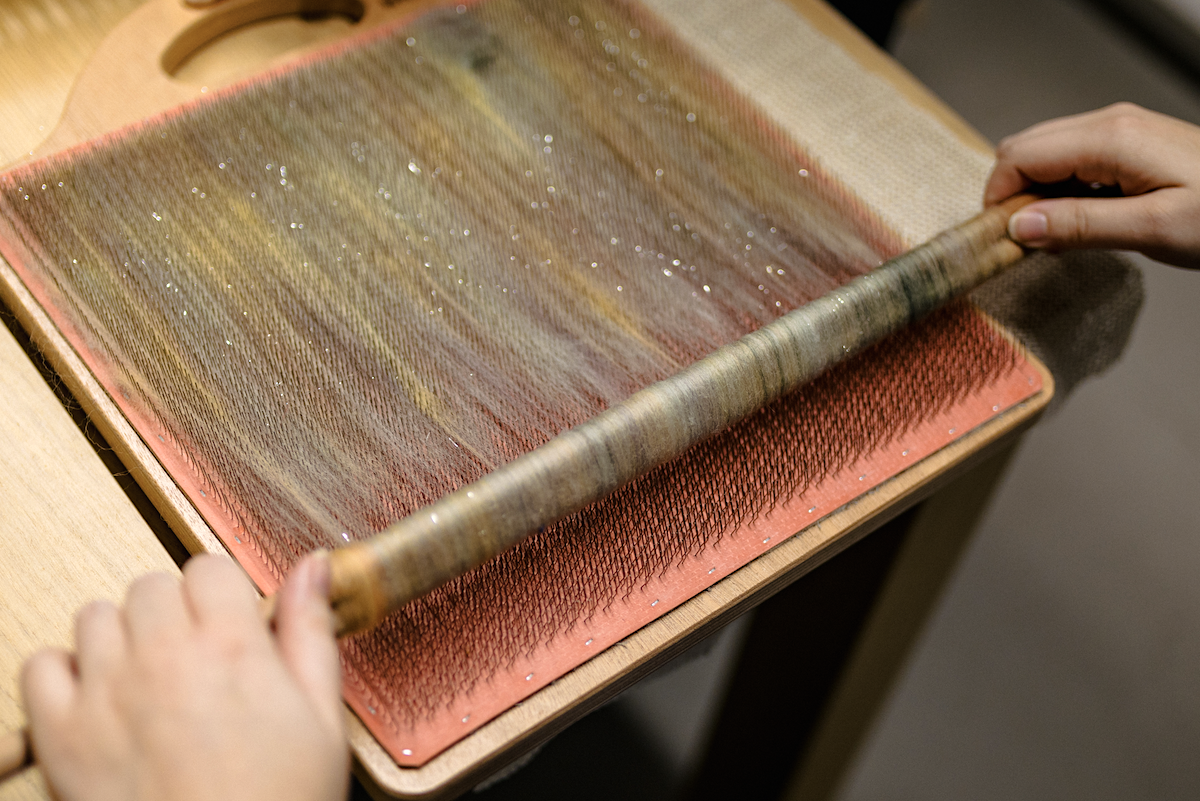
Price
The Ashford board is slightly more affordable, though the difference isn’t significant. However, if budget plays a role, this might influence your choice. At the time of this post, Ashford is selling at $279 CAD, and Loüet is $335 CAD.
Final Thoughts
Regardless of the brand, the key is to practice with the tool you have. Over time, you’ll adapt to its quirks and make it work best for your needs.
Continue the blending board conversation and share your work with us on the SweetGeorgia Discord server, in the School of SweetGeorgia forums, or on social media like Instagram using the hashtag #sweetgeorgiayarns.
The post Comparing Blending Boards: Ashford vs. Loüet appeared first on SweetGeorgia Yarns.
Comments
Post a Comment